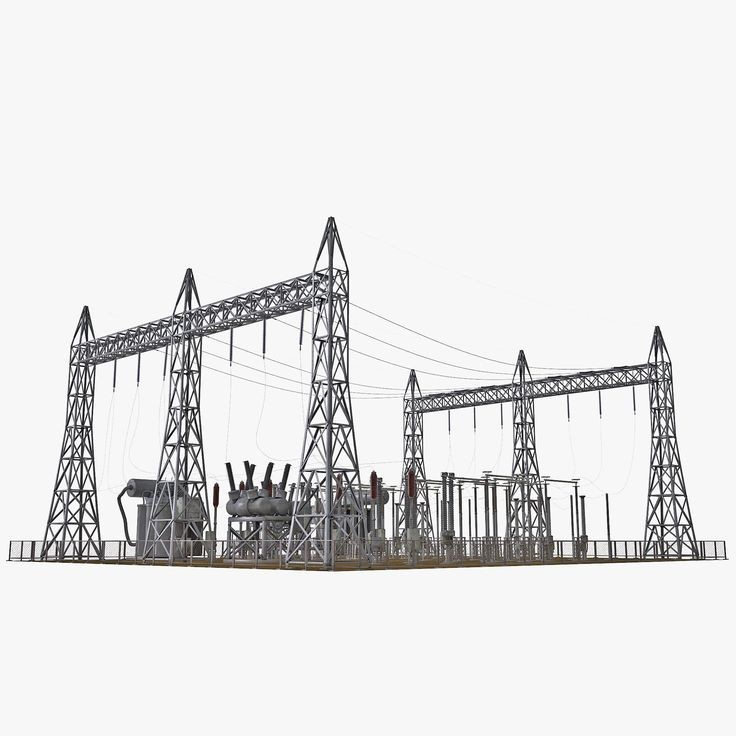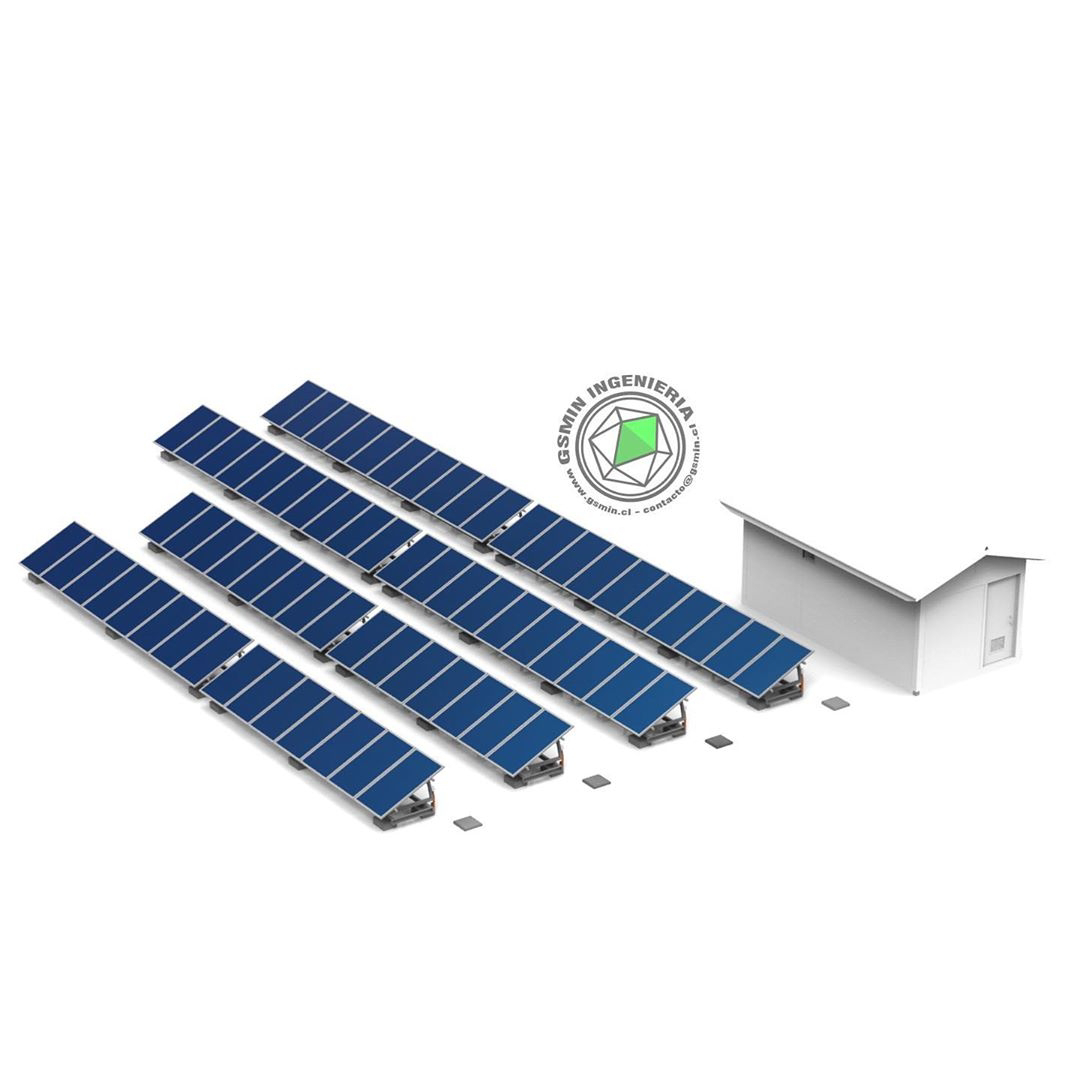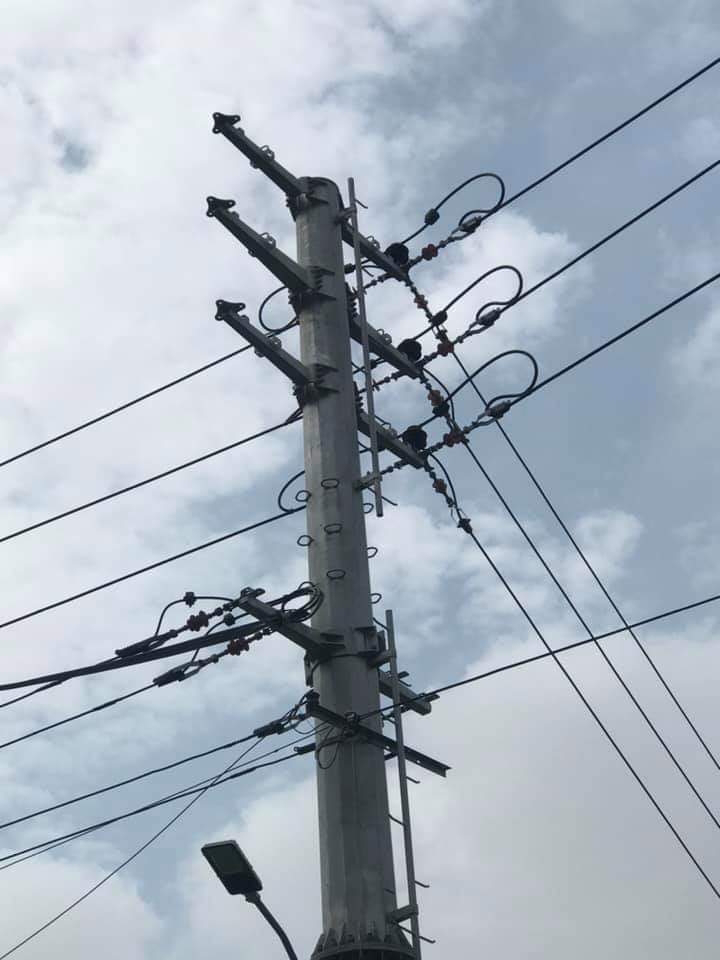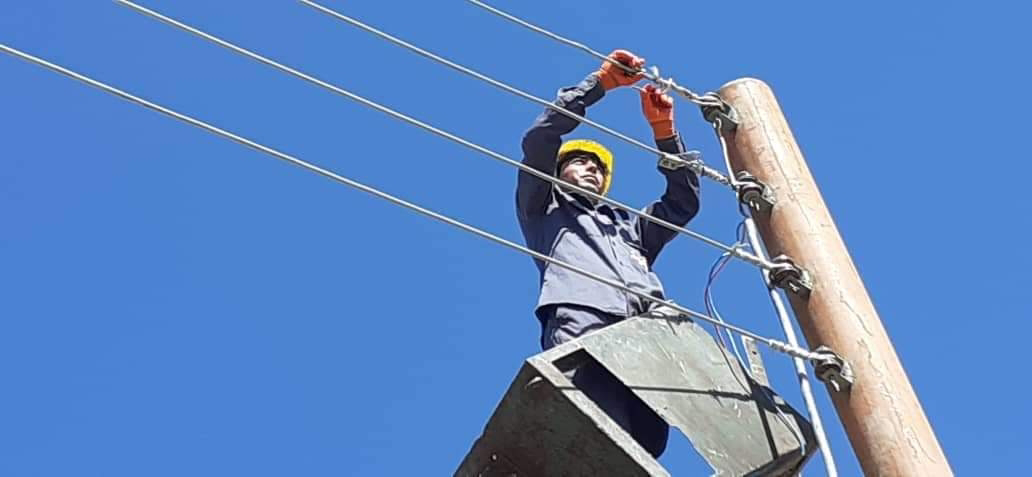A double line-to-ground fault (DLG) is a type of electrical fault that occurs when two conductors of a three-phase system are shorted to ground. This type of fault can cause a significant amount of current to flow, which can damage equipment and disrupt service.
The most common cause of a DLG fault is a loose or damaged electrical connection. Other causes can include:
Defective equipment
Lightning strikes
Grounding problems
DLG faults can be dangerous, and it is important to take steps to prevent them. Some of the things that can be done to prevent DLG faults include:
Regularly inspecting and testing electrical equipment
Using the proper grounding methods
Installing surge protection devices
Educating employees about the dangers of DLG faults
If a DLG fault does occur, it is important to take steps to de-energize the circuit as quickly as possible. This can be done by opening the circuit breaker or fuse that protects the circuit. Once the circuit is de-energized, a qualified electrician should be called to inspect the damage and make repairs.
Here are some of the effects of a DLG fault:
High current flow can damage equipment and cause fires.
Fault current can flow through other equipment, which can disrupt service.
Fault current can cause voltage drop, which can affect the operation of equipment.
It is important to take steps to prevent DLG faults and to be aware of the potential effects of these faults.
Here are some additional details about DLG faults:
The current that flows through a DLG fault is typically much higher than the current that flows through a normal load. This is because the fault path offers much lower resistance than the normal load path.
The high current that flows through a DLG fault can cause a number of problems, including:
Equipment damage
Fires
Disruption of service
Voltage drop
It is important to take steps to prevent DLG faults and to be aware of the potential effects of these faults.
















